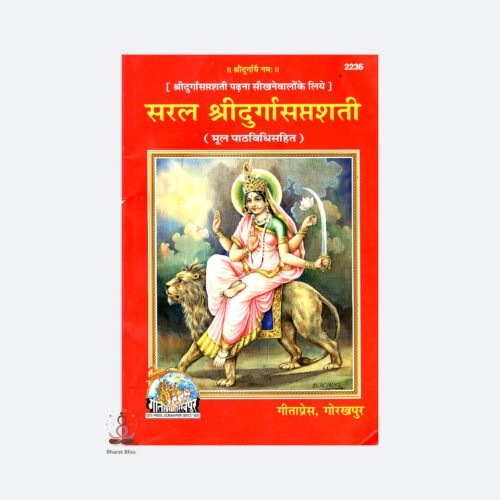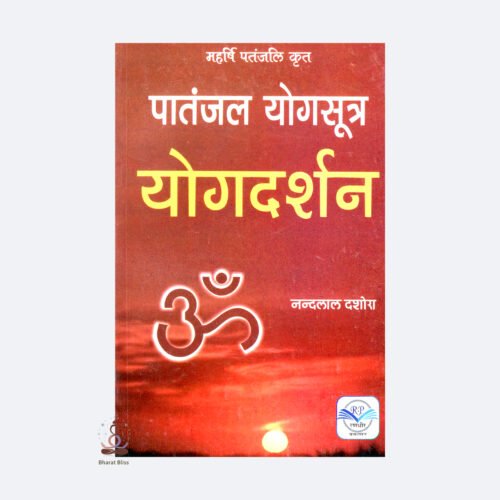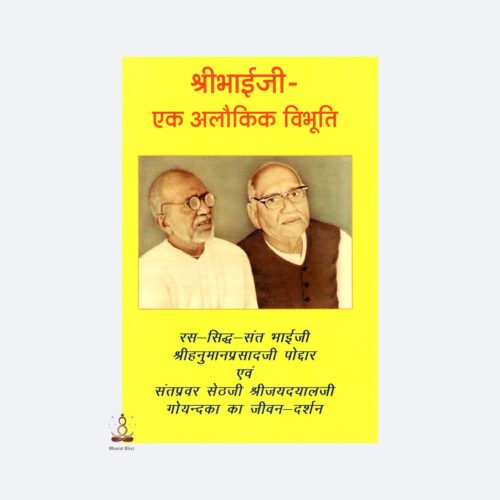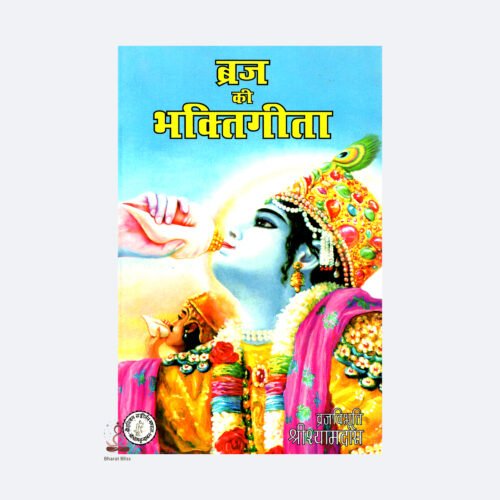समाज सृंखला ग्रंथ वैष्णव भक्तिधारा की गहनतम परंपरा, मर्यादा और भावनात्मक अनुशासन का परिचायक है। यह पुस्तक श्री हरिदासी संप्रदाय के महान संत श्री कुंजबिहारी श्री हरिदास जी द्वारा रचित एक महत्वपूर्ण रचना है, जो न केवल धार्मिक अनुशासन का उपदेश देती है, बल्कि समाज और साधकों को एक सूत्र में बाँधने वाले सिद्धांतों की व्याख्या भी करती है।
यह ग्रंथ समाज (भक्त समुदाय) के भीतर अनुशासन, परस्पर सम्मान, सेवा-भावना, और अध्यात्मिक उत्तरदायित्वों की श्रृंखलाबद्ध व्याख्या करता है। यह हर उस व्यक्ति के लिए एक मार्गदर्शक है जो हरिदासी परंपरा, वैष्णव भक्ति और संतमत को जीवन में अपनाना चाहता है।
📖 ग्रंथ की प्रमुख विशेषताएँ:
🔹 गुरु-शिष्य परंपरा का महत्व:
इस ग्रंथ में बताया गया है कि गुरु ही जीवात्मा को परमात्मा से मिलाने का माध्यम होता है। शिष्य को पूर्ण समर्पण भाव, सेवा और श्रद्धा से गुरु के चरणों में जीवन अर्पित करना चाहिए।
🔹 समाज का स्वरूप और मर्यादा:
"समाज" का अर्थ केवल एकत्रित भक्तों का समूह नहीं, बल्कि एक ऐसा दिव्य वातावरण है जहाँ नियम, मर्यादा, सेवा, और प्रेमपूर्वक व्यवहार की प्रधानता होती है। हरिदासी समाज में किस प्रकार से अनुशासन बना रहे, उसका सुंदर वर्णन इसमें मिलता है।
🔹 आचार-विचार एवं सेवा प्रणाली:
भक्तों के दैनिक जीवन में किस प्रकार का आचरण होना चाहिए – जैसे वाणी की मधुरता, परनिंदा से बचाव, गुरुसेवा, भगवत्-स्मरण और परस्पर प्रेमभाव – इन सभी बातों को विस्तार से बताया गया है।
🔹 सामूहिक साधना एवं भजन परंपरा:
भक्तों को एकत्र होकर भगवन्नाम कीर्तन, सत्संग एवं भजन का आयोजन करना चाहिए। यह सामूहिक साधना आत्मशुद्धि का श्रेष्ठ माध्यम है और समाज को एकता में बाँधने का कार्य करती है।
यह पुस्तक हरिदासी संप्रदाय की गूढ़ शिक्षाओं को आम भाषा में प्रस्तुत करती है। श्री हित हरिवंश महाप्रभु और श्री हरिदास जी के उपदेशों की छाया में यह ग्रंथ प्रेम, सेवा, और त्याग के मार्ग को दिखाता है।
🌸 ग्रंथ का महत्त्व:
समाज सृंखला केवल एक धार्मिक पुस्तक नहीं, बल्कि एक जीवन शैली है। यह समाज में एकात्मता, साधकों में शुचिता, और गुरु-भक्त संबंधों में पवित्रता को स्थिर करती है। यह उन सभी साधकों के लिए अनमोल रचना है, जो भक्ति के मार्ग में दृढ़ता से आगे बढ़ना चाहते हैं।
यह ग्रंथ न केवल वैष्णव समाज के लिए उपयोगी है, बल्कि समस्त आध्यात्मिक साधकों को भी एक आदर्श जीवन की दिशा दिखाता है। इसकी शिक्षाएँ आज भी उतनी ही प्रासंगिक हैं जितनी रचना के समय थीं।
The book "Samaj Shrinchika" is a symbol of the deepest tradition, dignity and emotional discipline of Vaishnav Bhaktidhara. This book is an important work written by the great saint of Shri Haridasi sect, Shri Kunjbihari Shri Haridas Ji, which not only preaches religious discipline, but also explains the principles that bind the society and the seekers together. This book explains discipline, mutual respect, service-spirit, and spiritual responsibilities within the society (devotee community) in a series. It is a guide for every person who wants to adopt the Haridasi tradition, Vaishnav Bhakti and Santmat in life. 📖 Key features of the book: 🔹 Importance of Guru-disciple tradition: It is told in this book that the Guru is the medium to unite the soul with the Supreme Soul. The disciple should dedicate his life at the feet of the Guru with complete dedication, service and devotion. 🔹 Nature and dignity of society: "Samaj" does not mean only a group of devotees gathered together, but a divine environment where rules, dignity, service, and loving behavior are paramount. A beautiful description of how discipline should be maintained in the Haridasi society is found in this. 🔹 Conduct and service system: What kind of conduct should be there in the daily life of devotees - such as sweetness of speech, avoiding backbiting, Guru Seva, remembrance of God and mutual love - all these things have been explained in detail. 🔹 Group worship and bhajan tradition: Devotees should gather together and organize Bhagwannaam Kirtan, Satsang and Bhajan. This group worship is the best medium of self-purification and works to bind the society in unity. 🔹 Propagation of Haridasi principles: This book presents the esoteric teachings of the Haridasi sect in common language. In the shadow of the teachings of Shri Hit Harivansh Mahaprabhu and Shri Haridas Ji, this Granth shows the path of love, service, and sacrifice. 🌸 Importance of the Granth: "Samaj Shrine" is not just a religious book, but a way of life. It establishes unity in society, purity in seekers, and sanctity in the Guru-devotee relationship. It is a precious work for all those seekers who want to move forward firmly on the path of devotion. This Granth is not only useful for the Vaishnav society, but also shows the direction of an ideal life to all spiritual seekers. Its teachings are as relevant today as they were at the time of its creation.




































